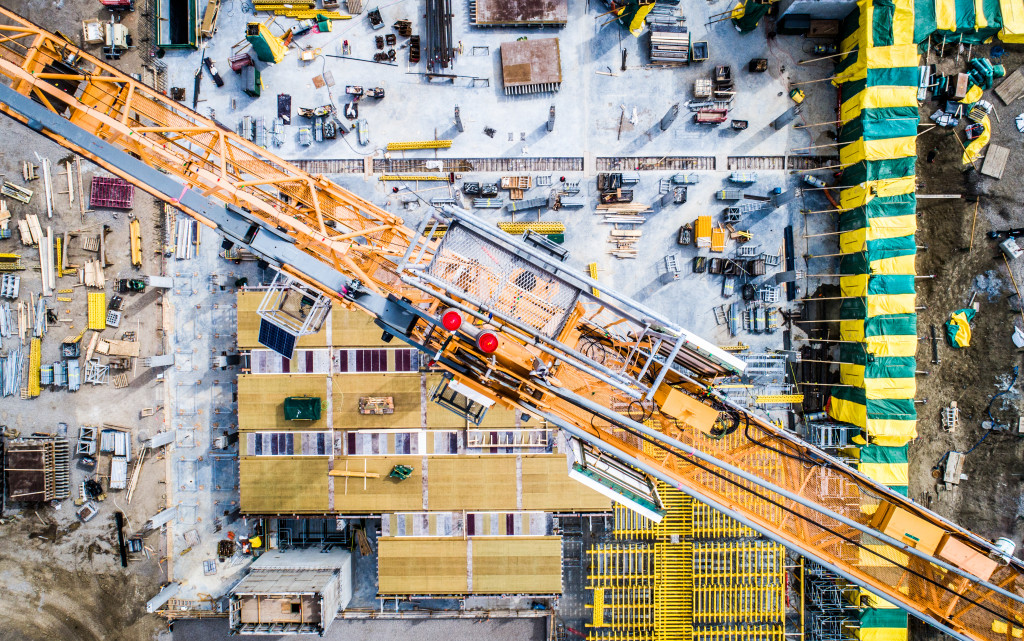Whenever people want to experience some peace and quiet, they go to the countryside where the only sounds they wake up to are the chirping of birds and the rustle of leaves. Cities are known for being loud and noisy. In fact, urban dwellers are often exposed to sounds that go above 85 decibels which is beyond what public health experts deem as safe. After long periods, those who are exposed to very loud sounds can experience hearing damages and hearing loss.
Moreover, previous studies have linked noise pollution with an increased risk of adverse health conditions that may not be directly connected to hearing such as high blood pressure, heart attack, and type-2 diabetes. The European Environment Agency estimates that about 10,000 premature deaths occur every year in Europe due to noise pollution.
By 2050, the United Nations predicts that two-thirds of all humans around the world will be urban dwellers.
The Noise Generated by Construction
Many people are exposed to unhealthy levels of noise pollution in cities, and more will be exposed in the future. Knowing fully well the impact of noise on public health, steps have been made to reduce the loud sounds that pollute major cities around the world.
Construction is one of the primary sources of noise pollution in major cities. Often, there are multiple construction projects in a city at any point. The sounds of hammers hitting metal, heavy equipment digging the earth, and human workers communicating instructions with one another create so much noise.
The noise generated by construction activity is estimated to exceed the 90 decibels limit set by the Occupational Safety and Health Administration (OSHA). Long-term exposure to very loud noises is hazardous. In fact, according to a previous study, 35-year-olds who work in construction have the hearing of a 55-year-old. That is why workers are required to wear personal protective equipment, especially when working with a noisy tool such as a jackhammer.
However, those who live near construction sites have to deal with the loud noises. Unlike construction workers, they do not have the means to block it off. As a result, they may suffer from sleeplessness and disruptions daily. It reduces their quality of life.
But construction sites do not have to contribute to noise pollution in urban areas. Now that the negative health impacts of loud sounds are known, there are actions being taken to decrease the level of noise in cities. The construction industry should help make cities more peaceful for everyone, especially for those who live in them.
What the Industry is Doing

Over decades of construction activity, the industry has come up with strategies and innovations to, at least, minimize the noise that escapes to the world. For example, more modern construction equipment currently for sale is quieter than older units, especially those that are powered by electricity instead of the more traditional fuel. Hydraulic machines also produce less noise than pneumatic ones. Another step to silence heavy construction equipment is proper maintenance. Ensure that bolts and knots are tightened and parts are lubricated to guarantee that the machine runs smoothly.
Construction companies now also put up noise barriers that effectively limit the distance that sound travels, protecting workers and the people who live around the site from very loud noises. The noise barrier is made of a sound-absorbing material such as mineral wool that is used by enclosing machinery that is notoriously loud and disruptive. Jackhammers, for example, can be enclosed in a noise barrier to reduce noise.
In the case of demolition which is naturally noisy, the method used matters a lot. Nowadays, hydrodemolition is preferred because it is quieter than the traditional method of blowing up the structure. With hydrodemolition, high-pressure water, not explosives, is used to destroy concrete. While it is not completely silent, the process is a lot quieter.
Moreover, hydrodemolition comes with numerous advantages. Because water is involved, there is less dust kicked off into the air, reducing not just noise but air pollution, too. The water can also be collected, treated, and then reused for future demolition projects. In addition, it is quicker and more cost-effective than drilling or using explosives. Hydrodemolition utilizes automated equipment to complete the project which also reduces the risk of injury within the workforce.
Construction activity is one of the major contributors to noise pollution in major cities. Workers, residents of surrounding areas, and passers-by should be protected from the health consequences that come with being exposed to noise pollution. The industry is making an effort toward reducing the noise produced by construction activity.





